Vultures, where to find them?
Vultures are scavenger birds. This means that, for the most part, they feed only on dead bodies. There are 23 species of vultures. At least one type of vulture is found on every continent, except for Antarctica … and Australia. There are two groups: vultures found in North and South America (the New World), and the vultures found in Africa, Asia and Europe (the Old World).
This is very interesting! These two groups are not related. They arose by convergent evolution. This occurs when organisms that aren’t closely related develop similar features or behaviors, often as solutions to the same problems.
By the way! Don’t confuse buzzards with vultures. Buzzards and hawks are the same. We use the word buzzards in the Old World and hawks in the New World. But both buzzards and hawks come from the Buteo genus. They are raptors, not scavengers.
So, there are some differences between the New World and Old World groups. Vultures on the American continents can smell dead animals from long distances, around 1 mile (1.6 kilometers). Old World vultures need to see their prey. So, they have very good sight! Also, they are very smart, as they use visual cues that help them find food. For example, they follow other animals, as they might lead them a delicious dinner.
Vultures, what are they like?
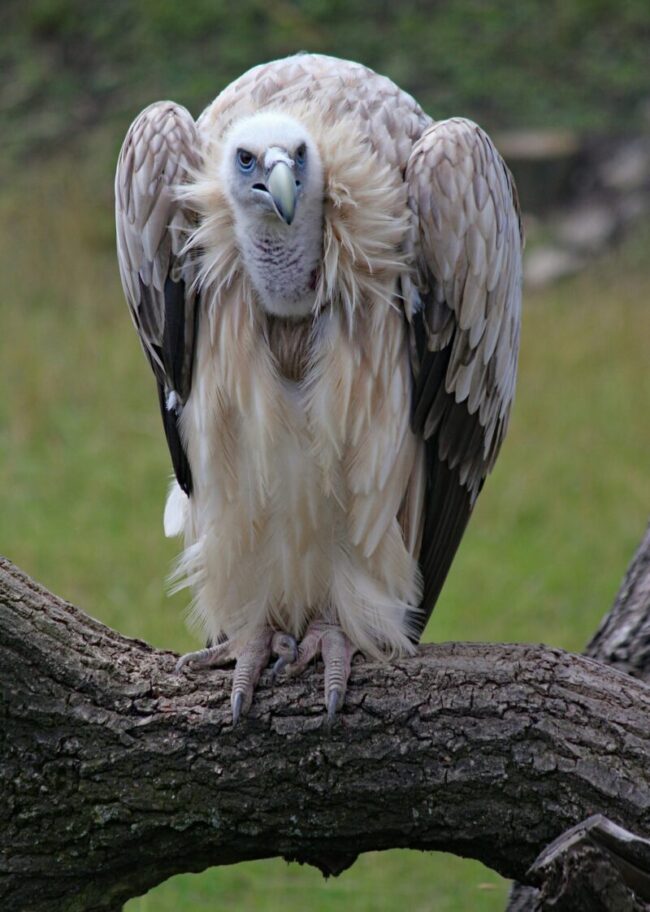
They are very quiet, as they lack a syrinx, so they can only hiss, growl, and snarl. They only make noises when they are feeding, fighting for a piece of meat, or trying to scare away other vultures. But these animals also know about teamwork, as they can collaborate to kill live prey in the event of famine. Good news is that even if they kill, they choose injured or sick animals that are about to die anyway.
Most vultures have a bald head, but some can have feathers. Bald vultures adapted to keep their heads clean from the rotting flesh that they eat. This way, there are no feathers to get dirty, preventing bacteria and other parasites that cause infections from getting stuck onto them. Also, the bald head helps radiate excess heat away from them.
Vultures can fly. Many believe that they fly in circles because they are waiting for potential prey to die, but this is not true. Vultures use thermal currents (warm rising air) to gain altitude. Then they can fly long distances between thermal currents, without having to flap their wings. This is useful because as they feed on carrion, it is often difficult for them to find food and this flight-mode helps them save energy.
What are they famous for?
These birds are extremely important, as they perform a pivotal mission in the cycle of life. They carry out very effective sanitation that protects the health of humans and other animals. Vultures prevent land and water from being contaminated with the carcasses of sick animals. Those carcasses would also attract disease-transmitting insects, if it weren’t for the vultures.
By the time vultures make a meal of carrion, bacteria have already started the process of breaking down the carcass. This releases chemicals that are toxic for most creatures, but not for our tough guys, the vultures. According to Audubon.org:
Once the dead flesh is ingested, immensely powerful acids in the vultures’ gut begin digesting the flesh so thoroughly that they even destroy the prey’s DNA. But this dynamic digestive system destroys only some toxic microbes. It filters out others and concentrates them in the intestines. Vultures not only tolerate this deadly bacterial brew but appear to put it to work, extracting nutrients from food. In other words, they use bacteria from the food they eat to help them digest the … food they eat.
Species of vultures
Vultures adapt very well. How else would they be just fine after eating carrion? Here are some interesting species.
The bearded vulture is one of my favorites! It lives in mountain areas and rocky cliffs in southern Europe, Africa and Asia. With its wings spread, it can measure 10 feet (3 meters). Its appearance is quite different from that of the rest of vultures. Most of them have a bald head, but in this species, the head and neck do have feathers, since it doesn’t need to insert them into the body of its prey. Their wings are also more elongated than the rest of the species.

And did you know? In Spanish we call this species “bone-breakers.” Indeed, this name comes from their eating habits. Bearded vultures are specialized in feeding on the bones of ungulate carcasses (animals that have hooves, such as cows or goats), once other scavengers have consumed the soft parts. Bearded vultures can ingest whole bones – up to 12 inches (30 cm) in length – but when these are too large, they fragment them by dropping them from a great height on rocks, which allows them to access the nutritious bone marrow.
The Egyptian vulture, found in southern Europe, northern Africa and Asia, is also very curious. It uses rocks to open ostrich eggs and eat their interior. This shows their intelligence, as not many animals use tools to achieve a goal. If they do not find decomposing bodies, then they can hunt small animals.

The Eurasian griffon vulture measures more than 8 feet (2.5 meters). It has long ocher and gold feathers for its body and small white feathers for its head and neck. They also have a ruff of white feathers that separates the head and the body. This species never hunts; it only lives on carrion.
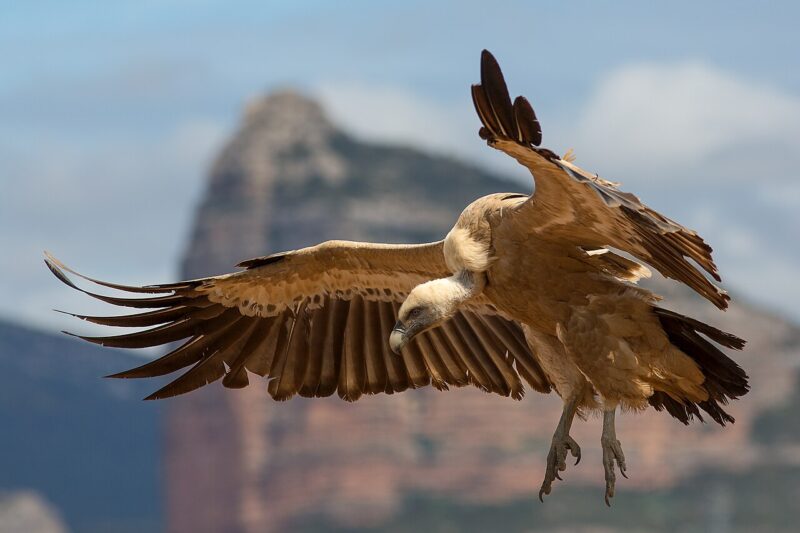
The hooded vulture lives in Africa. Its plumage is brown. What is most striking is its front part, since the neck and face do not have feathers, while the nape of the neck and the back of the neck do. Its face is normally light red. Due to hunting and habitat destruction, this species is critically endangered.
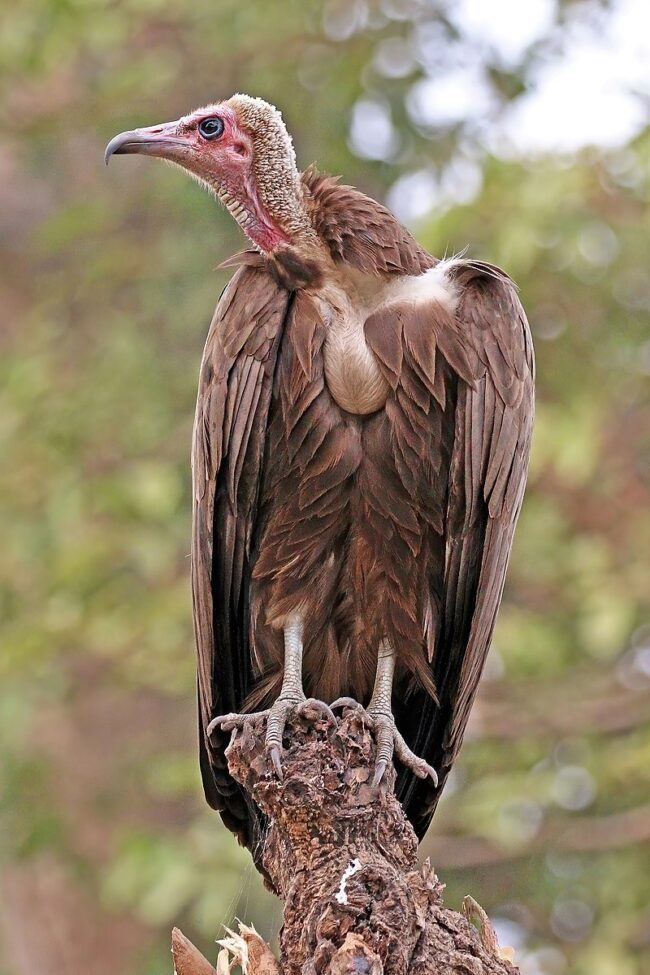
More species of vultures
The cinereous vulture is quite widespread. It can be seen in forests in Europe, Asia and parts of Africa. This vulture prefers to eat the muscle tissues of the remains, and complements its diet with other animals that it actively hunts.
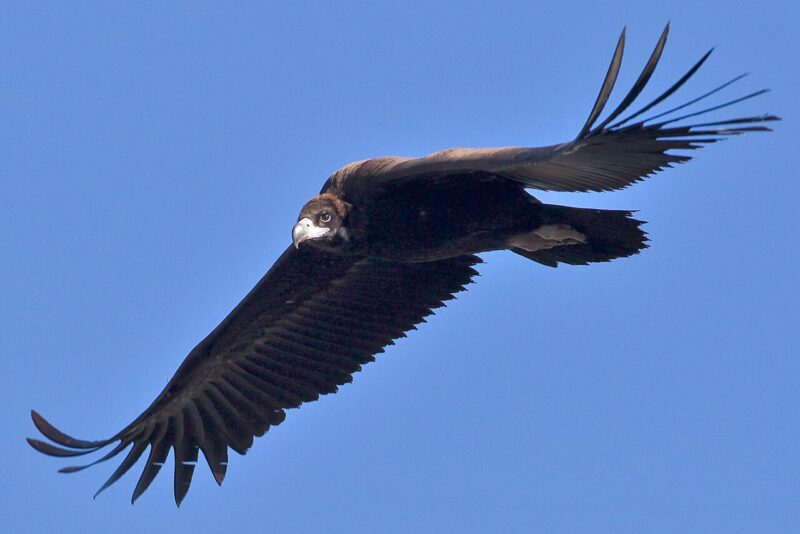
The Andean condor is the largest species. Its wingspan measures more than 10 feet (3 meters). And it is also one of the longest-lived species, since they can live up to 60 years. They do not have feathers on their heads and show a skin with reddish tones. Additionally, males have a crest or caruncle.
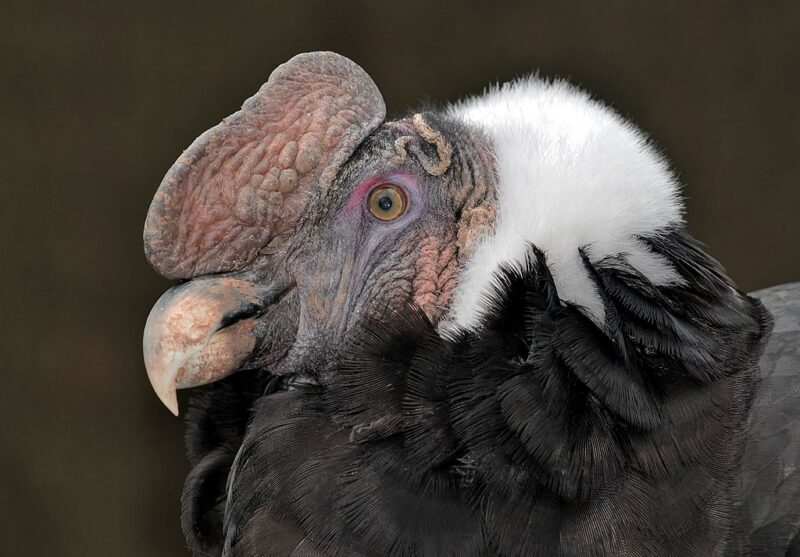
The Sarcoramphus papa lives in jungles, tropical forests and savannahs of Central and South America. This species stands out for its physical appearance, since it has a head and neck without feathers, but with yellow, red and orange skin tones, as well as a completely white iris. Has anyone else thought about the White Walkers? These vultures look friendlier …
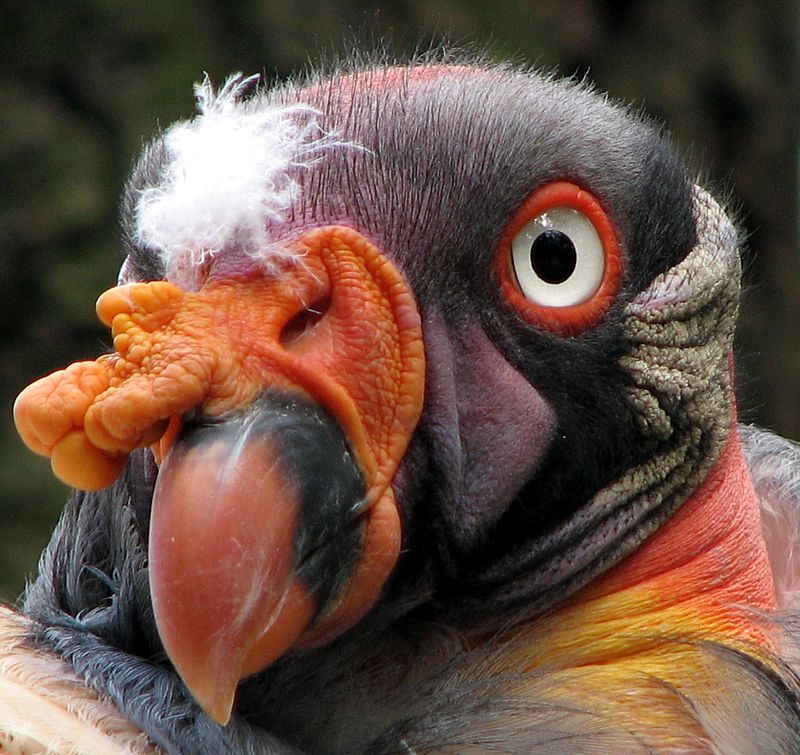
The California condor is found from Arizona to southern California. It lives in areas with caves where it can nest. Its head does not have feathers; the skin is red or orange. It has black feathers on its body. Due to poisoning as well as the destruction of their habitats, their population has declined alarmingly, and they are now critically endangered.
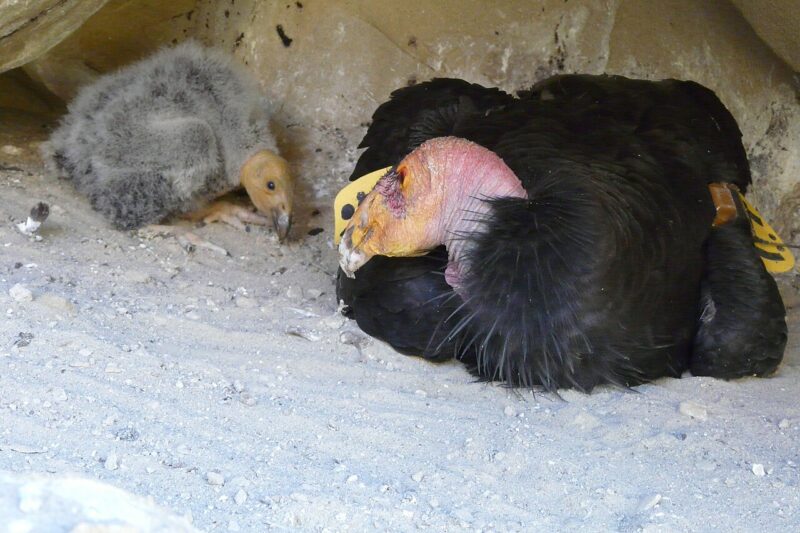
When hunters kill and abandon an animal, vultures ingest them, along with the shot. So bullets and fragments of lead ammunition accumulate in vultures, causing lead poisoning.
Our best allies are dying
Let’s remember that these animals do not pose a threat to humans, in fact, they are responsible for maintaining a clean ecosystem, free of diseases. Still, 14 species are considered threatened or endangered.
There are many human activities that threaten vultures, such as the destruction of their habitats and collisions with wind turbines. In Africa, people trade with vulture meat. Also, there is both intentional and unintentional poisoning, provoking 61% of the vulture deaths.
Bottom line: One might think of vultures as opportunist animals that make you cringe, but, really, they win the gold medal for cleaning the environment and protecting us from diseases.











